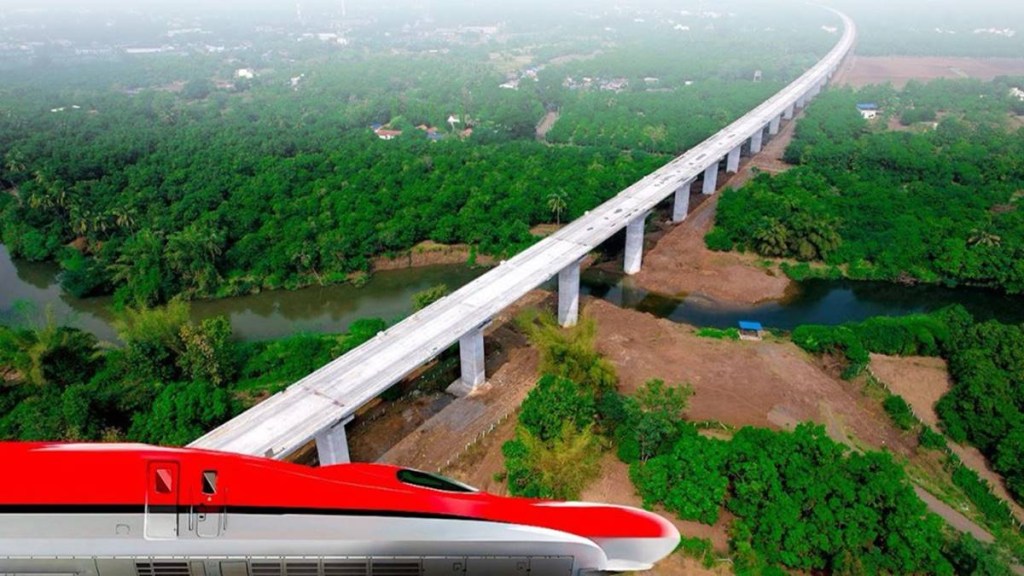The Mumbai-Ahmedabad ‘bullet train’ project in India will mark a significant milestone as it incorporates an earthquake detection system — a pioneering initiative for the country. The National High-Speed Rail Corporation (NHSRCL) announced the installation of seismometers along the corridor, implementing an ‘Early Earthquake Detection System’ based on Japanese Shinkansen technology. This innovative approach aims to enhance safety measures for passengers and safeguard critical infrastructure.
Enhance passenger safety and protect critical infrastructure
The National High-Speed Rail Corporation (NHSRCL) to install 28 seismometers along the Mumbai-Ahmedabad ‘bullet train’ corridor, employing an ‘Early Earthquake Detection System’ based on Japanese Shinkansen technology. The initiative aims to enhance passenger safety and protect critical infrastructure.
How the seismometers integrated?
Of the 28 seismometers, 22 will be strategically placed along the corridor, with eight in Mumbai, Thane, Virar, and Boisar in Maharashtra, and 14 in Gujarat’s Vapi, Bilimora, Surat, Bharuch, Vadodara, Anand, Mahembadad, and Ahmedabad.
The remaining six, termed as inland seismometers, will be installed in earthquake-prone areas such as Khed, Ratnagiri, Latur, and Pangri in Maharashtra, as well as Adesar and Old Bhuj in Gujarat.
These seismometers, integrated into traction sub-stations and switching posts, will detect earthquake-induced tremors through primary waves, triggering an automatic power shutdown. In response, emergency brakes will be activated, bringing trains in the affected area to a halt.
Detailed research by Japanese experts
Japanese experts conducted a comprehensive survey of earthquake-prone regions along the high-speed corridor, considering events with a magnitude greater than 5.5 over the past century. The selected sites underwent detailed surveys and soil suitability studies, including micro tremor tests, to ensure the effectiveness of the earthquake detection system.

